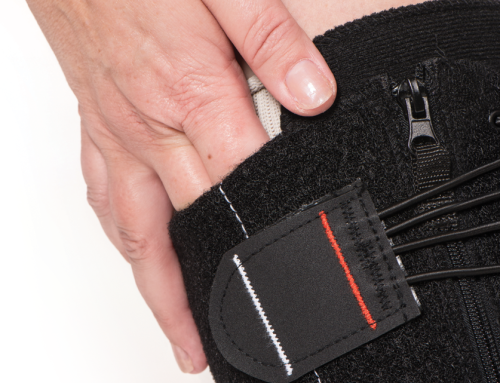Dispensing surgical dressings in your office can improve outcomes, patient satisfaction, and can result in tremendous profits. The main surgical dressings that can be dispensed include:
With many options, it can be difficult to select the best option. In last month’s blog, we looked closely at AMERX® Calcium Alginate Dressing. This month, we are going to investigate AMERIGEL® Hydrogel Wound Dressing.
Hydrogel Indication
An important tenant of wound care is moisture balance. The goal is always to maintain a moist healing environment without allowing the wound bed to become too moist, or too dry. When a wound is heavily draining, there is often too much moisture. Excess moisture can be addressed with foam or calcium alginate. We may also encounter the opposite situation where the wound bed is too dry. In this situation, hydrogel introduces moisture to help maintain a moist wound healing environment. Once applied to the wound site, hydrogel will liquefy. Liquification allows hydrogel to migrate across the wound surface and occurs when it is brought to body temperature. Compared to other options, hydrogel sustains moisture longer than standard glycerin and saline-based hydrogel.

Combining with Other Dressings
Hydrogel is a primary dressing and, therefore, requires a secondary dressing for securement. As suppliers, we can dispense both the primary dressing and the secondary dressing. Dispensing both dressing options provides the patient with everything they need and can increase profits in the surgical dressing program. As we addressed in a previous blog post, when combining a primary and secondary dressing, their indications should be the same. Therefore, an option to consider as a secondary dressing over hydrogel is AMERX Bordered Gauze Dressing.
Documentation Requirements
Beyond establishing medical necessity, the documentation requirements must also depict that the wound being treated has “zero to light” drainage and is a Stage III or Stage IV wound for hydrogel to be covered by the DMEMACs. Hydrogel is not covered if the note does not indicate the staging of the wound and if the documentation indicates a Stage I or II wound is being treated. Even after payment is made, recoupments can occur if inadequate or inconsistent documentation is discovered later.
Conclusion
Hydrogel provides moisture to wounds with “zero to light” drainage. DMEMAC coverage allows up to 3 ounces per month per ulcer when medically necessary. Hydrogel is appropriate for Stage III and Stage IV wounds.
DISCLAIMER: The information provided here is intended to educate health care providers regarding compliance with ICD, CPT, and HCPCS coding. The information provided does not guarantee reimbursement and is accurate to the best of our knowledge at the time of this publication. Coding guidelines can change and we encourage you to stay up to date. The existence of a code does not guarantee payment.

Dr. Jeffrey D. Lehrman, DPM, FASPS, MAPWCA, CPC, CPMA
Dr. Lehrman is a podiatrist practicing in Fort Collins, CO and operates Lehrman Consulting, LLC which provides consultation services regarding coding, compliance and documentation. Dr. Lehrman is a Certified Professional Coder and Certified Professional Medical Auditor. He serves as a staff liaison at the AMA CPT® Editorial Panel meetings where CPT codes are created, edited, and deleted. He is a Diplomate of the American Board of Foot and Ankle Surgery, Fellow of the American Society of Podiatric Surgeons, and is recognized as a “Master” by the American Professional Wound Care Association. Dr Lehrman is a Fellow of the American Academy of Podiatric Practice Management, Past Director of the American Professional Wound Care Association Board of Directors, and is a Past Chairman of the Board of the American Society of Podiatric Surgeons. Dr. Lehrman is also on the editorial advisory board of the journal WOUNDS.






